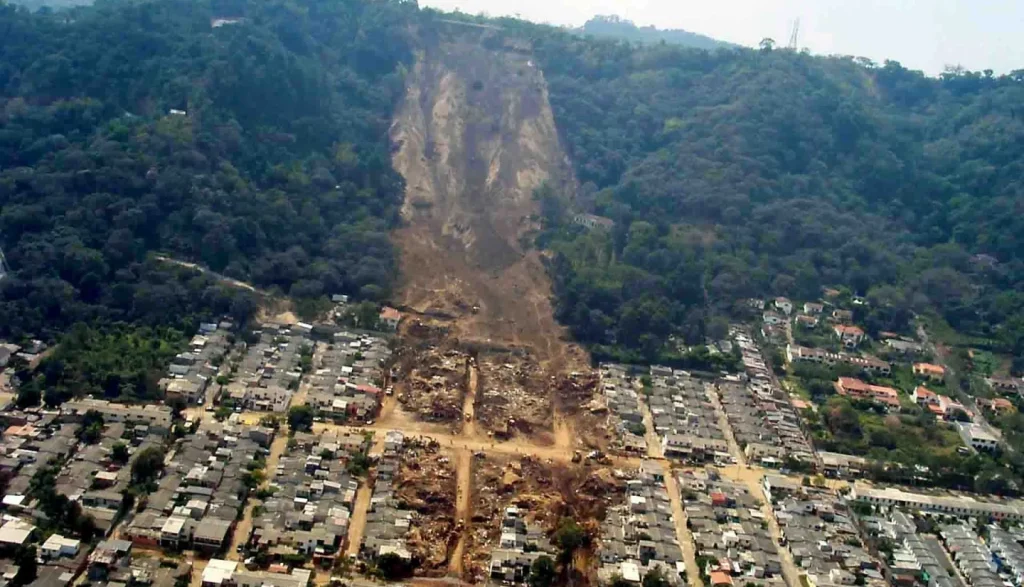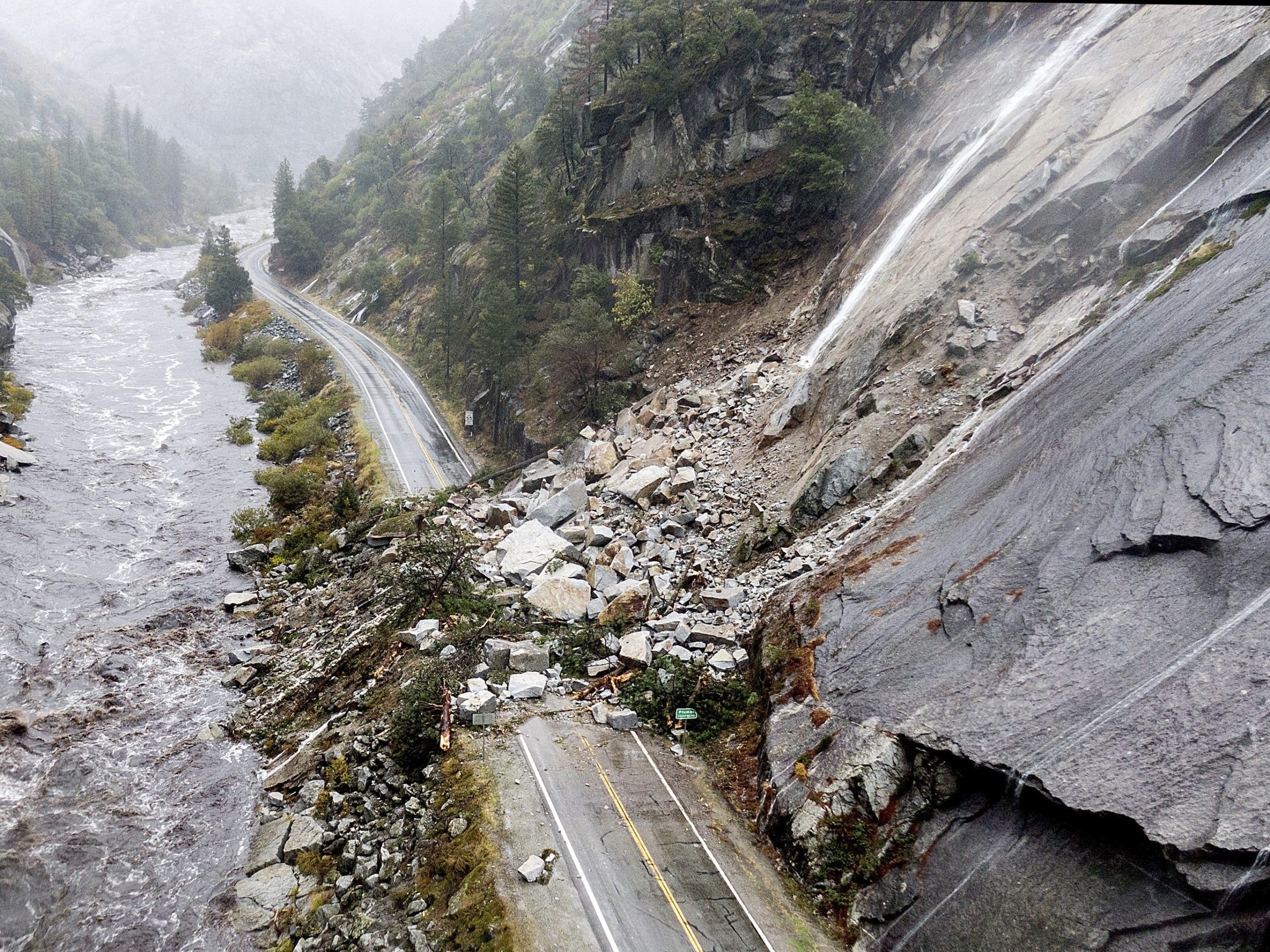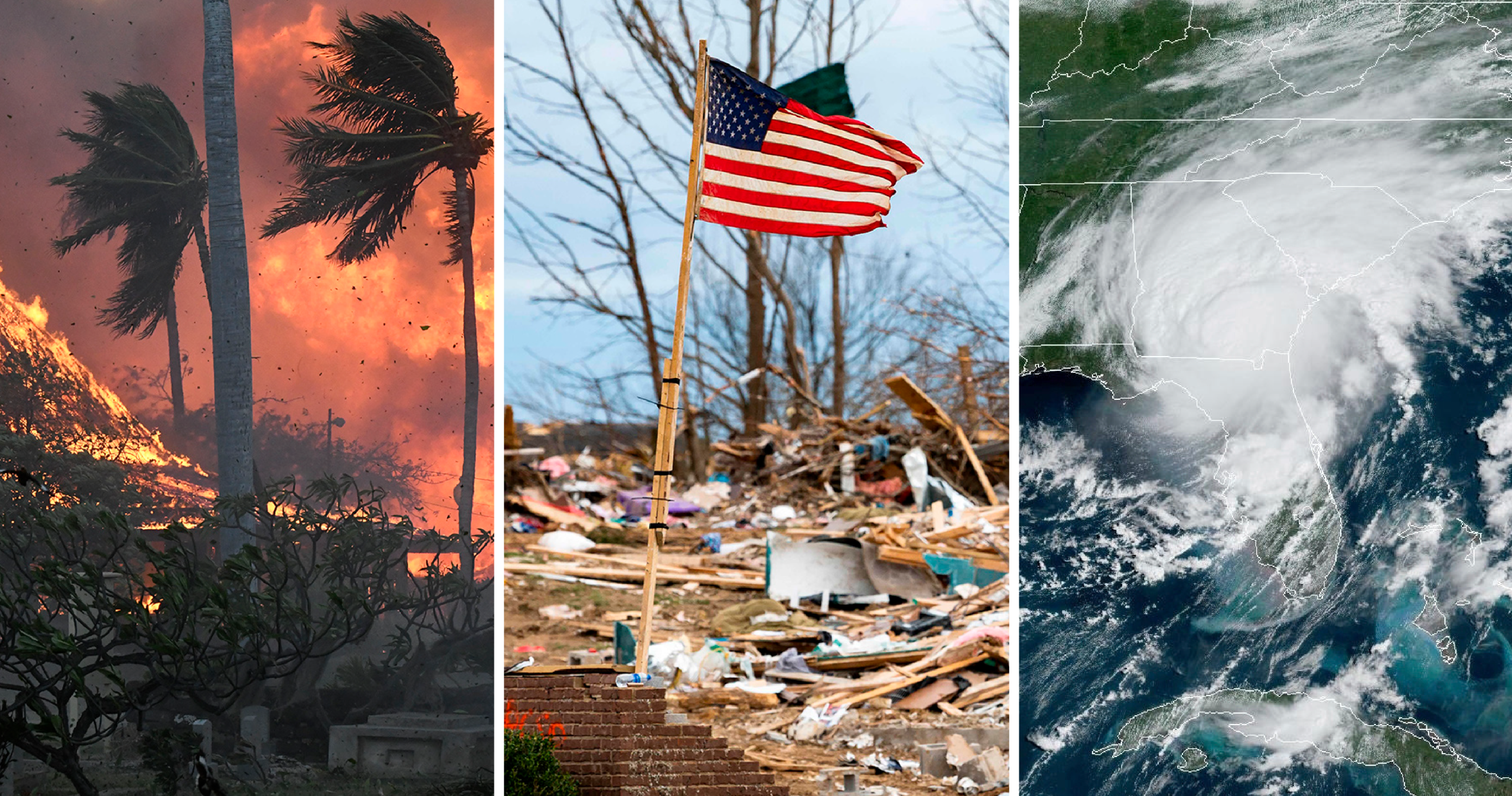Landslides are among the most devastating natural disasters in the United States, endangering lives, homes, and critical infrastructure. From the rugged mountains of the Pacific Northwest to the rolling landscapes of Appalachia, landslides occur in many regions due to a mix of geology, climate, and human activities.
Understanding where landslides are most common, what triggers them, and how to detect warning signs is crucial to reducing their impact. This article dives into high-risk zones, causes, early warnings, and the best prevention methods to help you stay informed and prepared.
Where Are Landslides Most Common in the USA?
Landslides can happen anywhere with steep terrain and unstable ground, but certain U.S. regions are at higher risk due to their topography, soil composition, and weather patterns.
1. Pacific Northwest (Washington, Oregon, Northern California)
✔ Heavy rainfall and steep slopes create prime landslide conditions.
✔ The Oso Landslide (2014) in Washington was one of the deadliest in U.S. history.
✔ Deforestation and excessive soil saturation contribute to instability.
2. Appalachian Mountains (West Virginia, Kentucky, Tennessee, Pennsylvania)
✔ Erosion, mining activities, and deforestation increase the risk.
✔ Heavy rainfall combined with loose rock formations makes this region highly susceptible.
3. California (Southern and Northern Regions)
✔ Wildfires, heavy rains, and earthquakes make landslides frequent.
✔ The 2018 Montecito debris flow was triggered by post-wildfire heavy rain, destroying homes and taking lives.
✔ The San Gabriel Mountains and other steep zones face recurrent landslides.
4. Rocky Mountains (Colorado, Montana, Idaho, Wyoming)
✔ Rapid snowmelt and unstable slopes cause rockslides and debris flows.
✔ Mining and road construction can further weaken slopes.
5. Alaska
✔ Thawing permafrost heightens landslide risks.
✔ Earthquakes can trigger massive rock and ice landslides.
These high-risk zones face landslides due to a combination of natural and human-induced factors. But what exactly sets these events into motion?
What Causes Landslides?
Landslides occur when gravity overpowers the stability of a slope, sending rock, soil, or debris cascading downhill https://www.usgs.gov/programs/landslide-hazards/what-are-signs-landslide-development-what-do-i-do-if-a-landslide-occurs. The most common triggers include:
1. Intense Rainfall and Flooding
✔ Excessive water weakens soil, reducing its ability to stay in place.
✔ Saturated slopes can collapse suddenly without warning.
2. Earthquakes and Seismic Activity
✔ Ground shaking destabilizes slopes, making landslides common in places like California and Alaska.
3. Wildfires and Deforestation
✔ Trees and vegetation help anchor soil—once they’re gone, slopes become unstable.
✔ Post-wildfire rains can trigger massive mudslides.
4. Human Activities (Construction, Mining, and Logging)
✔ Removing trees, cutting roads, and mining weaken the land’s natural stability.
✔ Poor land-use practices often increase landslide risk.
5. Rapid Snowmelt
✔ Melting snow saturates soil, making slopes prone to collapse, especially in mountainous areas like Colorado and Montana.
Understanding these causes helps predict risk, but how can you tell when a landslide is about to happen?
Early Warning Signs of a Landslide

Recognizing these signs can save lives and prevent disaster:
✔ Cracks in roads, sidewalks, or building foundations
✔ Leaning trees, poles, or fences
✔ Sudden shifts in water flow or new springs appearing
✔ Unusual noises like rumbling, cracking, or shifting ground
✔ Small rockfalls or moving soil on slopes
If you notice these signs, take immediate action and alert local authorities.
How to Prevent Landslides
While we can’t eliminate landslides, smart planning and proactive measures can significantly reduce risks.
1. Smart Land Use Planning
✔ Avoid building on steep, unstable slopes.
✔ Conduct geological surveys before construction.
2. Proper Water Drainage
✔ Install retaining walls and drainage systems to divert water.
✔ Plant vegetation to absorb excess water and stabilize soil.
3. Engineering Solutions
✔ Reinforce slopes with retaining walls, rock nets, and terracing.
✔ Use barriers to prevent rockfalls in high-risk areas.
4. Reforestation and Erosion Control
✔ Plant trees and deep-rooted plants to prevent soil erosion.
✔ Limit deforestation and overgrazing, which contribute to soil instability.
5. Early Warning Systems
✔ Authorities use ground sensors, drones, and satellite imaging to monitor unstable areas.
✔ High-risk regions often have evacuation plans and emergency alerts in place.
By taking these steps, communities can reduce landslide risks and stay prepared.
Case Studies: Notable Landslides in the USA
1. Oso Landslide, Washington (2014)
🔹 One of the deadliest landslides in U.S. history, claiming 43 lives.
🔹 Heavy rainfall and unstable soil conditions triggered the disaster.
2. Montecito Debris Flow, California (2018)
🔹 Post-wildfire rainfall caused catastrophic mudslides, destroying homes and roads.
🔹 Over 20 people lost their lives, and hundreds of structures were damaged.
3. La Conchita Landslide, California (2005)
🔹 A massive hillside collapse buried homes and killed 10 people.
🔹 The area had a history of landslides, making it a high-risk zone.
These disasters underscore the importance of monitoring landslide-prone regions and taking preventive measures.
Final Thoughts: Staying Safe in Landslide-Prone Areas
Landslides are a serious threat to lives, infrastructure, and natural landscapes, especially in high-risk areas like the Pacific Northwest, Appalachians, and California. By understanding the causes, warning signs, and prevention methods, we can minimize risks and enhance preparedness.
Key Takeaways:
✔ Landslides occur most often in steep, rain-prone areas.
✔ Both natural and human activities contribute to slope instability.
✔ Recognizing early warning signs can prevent disasters.
✔ Smart land use, drainage, and reforestation help reduce risks.
✔ Emergency preparedness and monitoring systems save lives.
By staying vigilant and proactive, we can protect our communities and landscapes from the destructive power of landslides.
https://gisvalley.com/how-geologists-study-geologic-hazards-tools-techniques-and-predictions/


